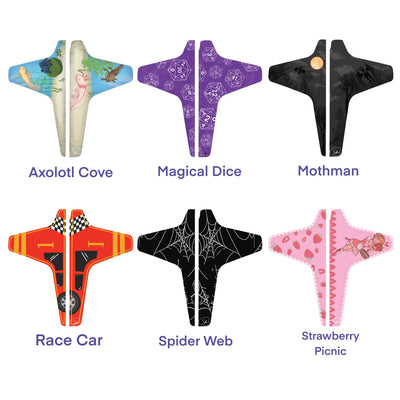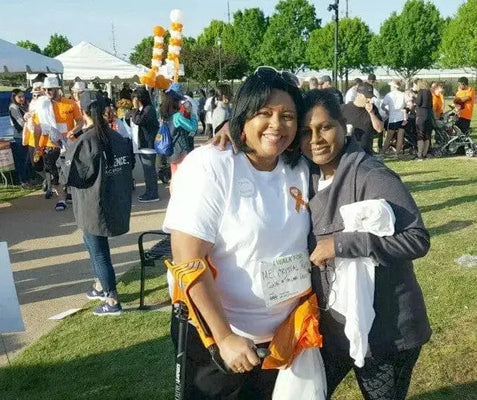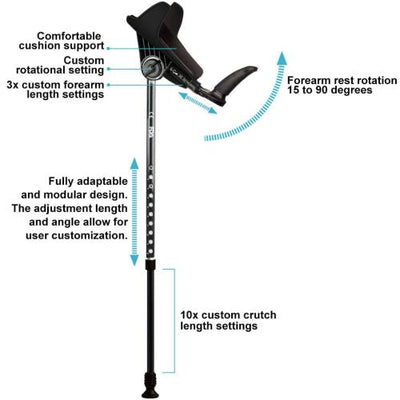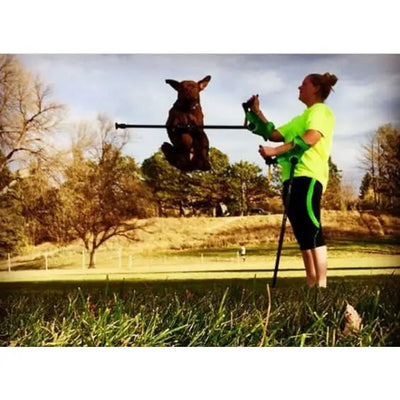If you're new to forearm crutches, there's no sugarcoating it: the adjustment period can be tough. Unlike underarm crutches that most people have encountered during a short-term injury, forearm crutches are often used for longer-term mobility needs—and they require a different kind of coordination, strength, and mindset.
So what’s the hardest part of using forearm crutches for the first time? It’s not just physical, it is the combination of technique, confidence, and endurance.
Learning the Rhythm
At first, it can feel like you’re trying to pat your head and rub your stomach at the same time. Forearm crutches involve a new gait pattern that doesn’t come naturally to most people. Coordinating your arms and legs so you’re moving fluidly without tripping over your own feet takes practice. You’ll likely feel awkward and slow in the beginning—but that’s completely normal.
Tip: Practice on flat, obstacle-free surfaces to build a comfortable rhythm before attempting uneven terrain or stairs.
Arm and Core Fatigue
You’ll quickly realize how much work your upper body is doing. While forearm crutches are designed to be more ergonomic and better for long-term use than underarm crutches, they still require strength. New users often report sore wrists, tired arms, and aching shoulders after the first few days.
Tip: Strengthen your arms, shoulders, and core with light exercises (as advised by your healthcare provider). Padding, ergonomic grips, and forearm supports—like those on high-quality crutches—can make a big difference.
Maintaining Balance
Without the broader support base of a walker or the “axillary” support of underarm crutches, balance can feel tricky at first. You may feel less stable—especially when turning, navigating slopes, or stopping suddenly.
Tip: Take it slow. Focus on posture and look ahead rather than down. Use both crutches evenly and avoid locking your elbows.
Mental Hurdles
The emotional adjustment can be just as tough. Accepting the need for mobility aids—whether temporarily or long-term—can trigger feelings of frustration, embarrassment, or vulnerability. Feeling “different” in public spaces takes courage.
Tip: Give yourself grace. Using forearm crutches isn’t a weakness—it’s a smart, empowering way to stay mobile and independent. Surround yourself with supportive people (online communities can help too), and celebrate every milestone.
The Learning Curve
Yes, it takes time to build confidence with forearm crutches. But here’s the good news: once you adapt, they offer far more freedom and comfort than most alternatives. They allow your hands more freedom, prevent underarm pain, and encourage a more upright posture over time.
One final thought. The hardest part of using forearm crutches for the first time? It’s pushing through that initial learning curve. But every awkward step brings you closer to mobility, strength, and confidence. Don’t give up—because once it clicks, you’ll never look back. The Freedom to Move!







